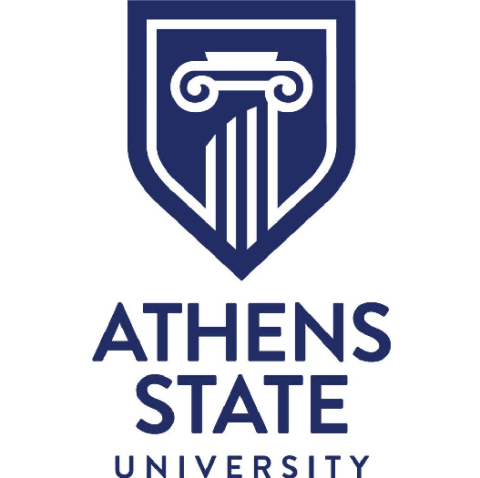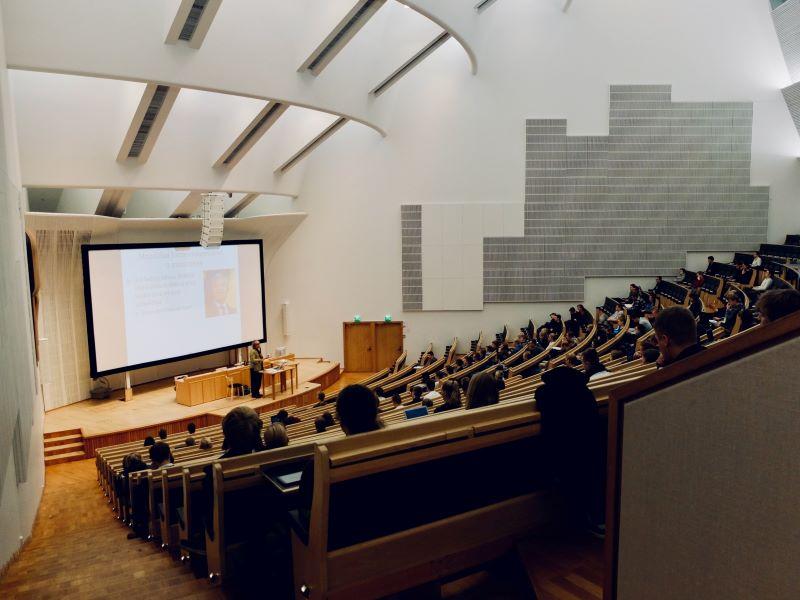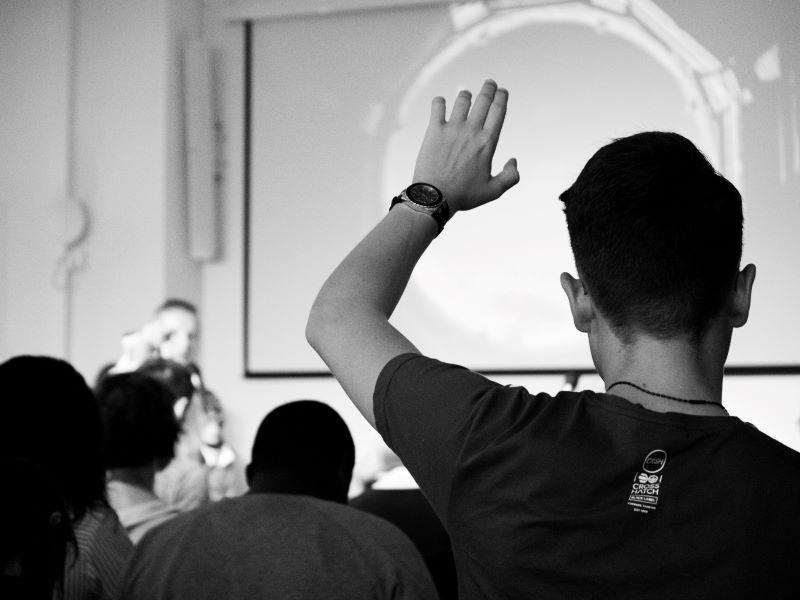
The evolution of activeflex learning: why and how
The evolution of activeflex learning as a way to keep students engaged online, and how to overcome problems when using this teaching model, by Mark Gale
You may also like
Popular resources
More flexibility. More access. Greater student persistence. These are some of the promises offered with hyflex learning. The hyflex model allows students to attend face-to-face synchronous class sessions or complete course learning activities online without physically attending class, according to Brian Beatty of San Francisco State University. The promises of hyflex were realised in a number of pilot classes at Athens State University in autumn 2020, but problems quickly arose.
During the pilot courses, two formats existed – courses developed from an asynchronous course and ones developed from traditional courses. Converted asynchronous courses fared better. The converted traditional classes, which relied heavily on instructor interaction, didn’t always translate favourably online. In many cases, asynchronous students were presented with long recordings of the live sessions that they were expected to watch. They did not report positive results.
- THE Campus collection: Higher education goes hybrid
- How to design effective reinforcement activities for activeflex courses
- Solving future problems today: Making hyflex learning work for all
Addressing the problem: activeflex
In the higher-rated hyflex courses, surveys showed that students appreciated built-in interaction with other students and activities that required them to work actively with the material. Thus, active learning and collaboration became the focus of new hyflex developments. The formula proved successful, with most of the newly created hyflex classes earning positive feedback from both students and instructors. The term “activeflex” was adopted to differentiate the standard hyflex courses from those that were enhanced with the active learning and engagement elements.
For activeflex courses, each course session includes a live lecture and a reinforcement activity. The lecture is pre-recorded for asynchronous students rather than recording the live session. For live students, the lecture is delivered live and the pre-recorded lecture is released afterwards. To make sure the study time is equivalent for live and asynchronous students, the latter are given a worksheet to complete related to the lecture video.
The second part of the session is the reinforcement activity. This activity can be completed individually, but when attending live, students are broken into groups to complete it. To keep things balanced, students attending in-person are grouped with students attending live online. This ensures groups do not become segregated by the individual’s chosen modality. After students complete the group work, they are brought back to the main room to share their findings with the instructor and fellow classmates. Errors and comments are addressed to the whole class. For asynchronous students, the time-on-task is equivalent as they have to complete the work on their own, rather than breaking it up among classmates. The reinforcement activity attempts to produce an equivalent, though not exact, experience for all students regardless of their chosen mode of study.
After focusing on active learning and engagement activities to create the activeflex format, student and instructor satisfaction increased. Initial concerns over extra grading and workloads were quickly overwhelmed by positive comments linked to increased interaction and immediate application of the information learned through reinforcement activities. While we are still working on ways to automate some of the grading and mechanics of the courses, the initial feedback suggests we are on the right track with activeflex.
Discoveries and developments in activeflex learning
While continuing to develop and refine elements of activeflex, new possibilities have opened that can enhance the student and instructor experience. For example, activeflex classes were originally intended to give students in traditional classes a better chance of success, by offering them additional options to attend class if they couldn’t physically make it to campus. But adding elements such as optional synchronous online sessions and collaborative active learning activities to an asynchronous course has enabled the asynchronous students to access many of the benefits of live learning. Students are often forced into asynchronous learning because of life circumstances or university policies and decisions. However, ActiveFlex has given these students a semblance of the live classes that many yearn for yet are unable to attend live on campus.
Multi-section activeflex courses can use elements of co-teaching, where another instructor can attend live through the synchronous platform to teach some of the content. There are scenarios where reverse teaching can occur. So, if one of our activeflex faculty members is unable to attend campus, they can still teach the class of students attending in-person, but from a distance with the aid of technical support. Solutions like this could revolutionise substitute teaching.
These are a few of the findings so far using activeflex teaching and learning. More flexibility, for both students and instructors. More accessibility for those who can’t make it to the classroom. An engaging presence in which students want to continue attending classes. All of these promises now appear within reach with the development of activeflex classes.
Mark Gale is associate professor of instructional design at Athens State University.
If you found this interesting and want advice and insight from academics and university staff delivered direct to your inbox each week, sign up for the THE Campus newsletter.




